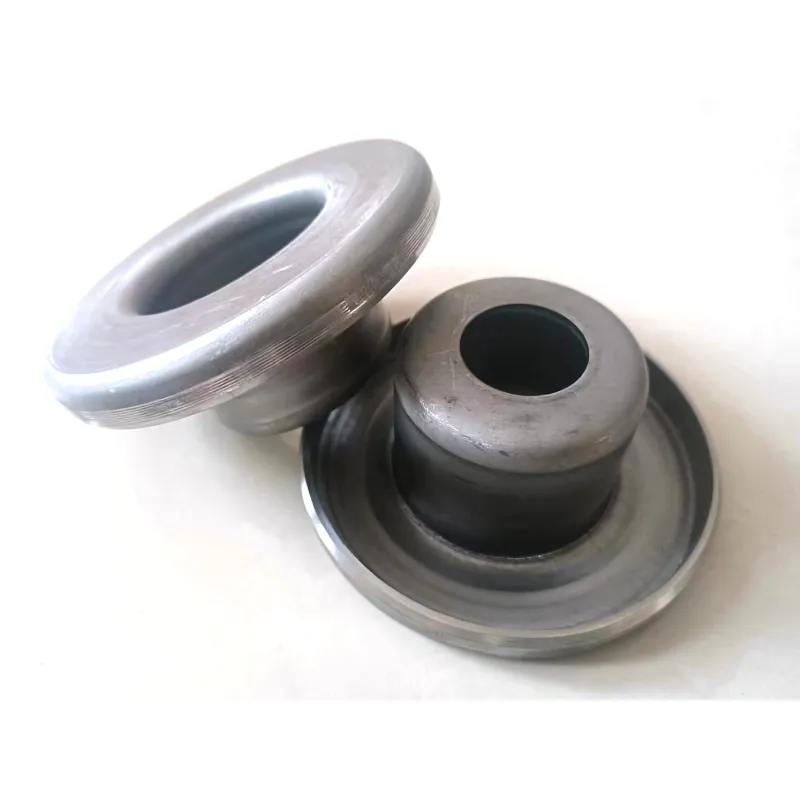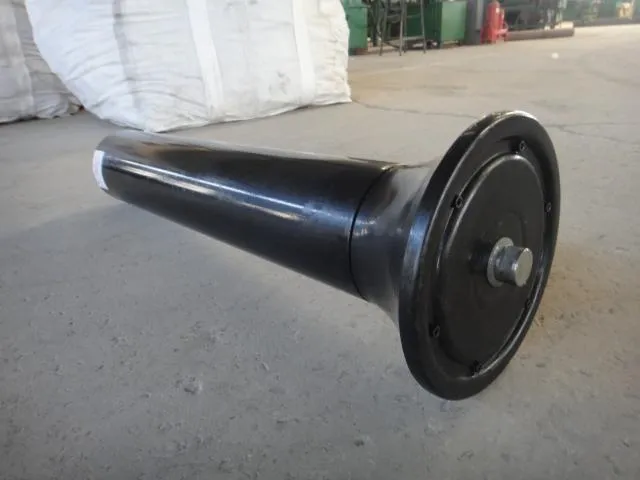 Afrikaans
Afrikaans  Albanian
Albanian  Amharic
Amharic  Arabic
Arabic  Armenian
Armenian  Azerbaijani
Azerbaijani  Basque
Basque  Belarusian
Belarusian  Bengali
Bengali  Bosnian
Bosnian  Bulgarian
Bulgarian  Catalan
Catalan  Cebuano
Cebuano  Corsican
Corsican  Croatian
Croatian  Czech
Czech  Danish
Danish  Dutch
Dutch  English
English  Esperanto
Esperanto  Estonian
Estonian  Finnish
Finnish  French
French  Frisian
Frisian  Galician
Galician  Georgian
Georgian  German
German  Greek
Greek  Gujarati
Gujarati  Haitian Creole
Haitian Creole  hausa
hausa  hawaiian
hawaiian  Hebrew
Hebrew  Hindi
Hindi  Miao
Miao  Hungarian
Hungarian  Icelandic
Icelandic  igbo
igbo  Indonesian
Indonesian  irish
irish  Italian
Italian  Japanese
Japanese  Javanese
Javanese  Kannada
Kannada  kazakh
kazakh  Khmer
Khmer  Rwandese
Rwandese  Korean
Korean  Kurdish
Kurdish  Kyrgyz
Kyrgyz  Lao
Lao  Latin
Latin  Latvian
Latvian  Lithuanian
Lithuanian  Luxembourgish
Luxembourgish  Macedonian
Macedonian  Malgashi
Malgashi  Malay
Malay  Malayalam
Malayalam  Maltese
Maltese  Maori
Maori  Marathi
Marathi  Mongolian
Mongolian  Myanmar
Myanmar  Nepali
Nepali  Norwegian
Norwegian  Norwegian
Norwegian  Occitan
Occitan  Pashto
Pashto  Persian
Persian  Polish
Polish  Portuguese
Portuguese  Punjabi
Punjabi  Romanian
Romanian  Russian
Russian  Samoan
Samoan  Scottish Gaelic
Scottish Gaelic  Serbian
Serbian  Sesotho
Sesotho  Shona
Shona  Sindhi
Sindhi  Sinhala
Sinhala  Slovak
Slovak  Slovenian
Slovenian  Somali
Somali  Spanish
Spanish  Sundanese
Sundanese  Swahili
Swahili  Swedish
Swedish  Tagalog
Tagalog  Tajik
Tajik  Tamil
Tamil  Tatar
Tatar  Telugu
Telugu  Thai
Thai  Turkish
Turkish  Turkmen
Turkmen  Ukrainian
Ukrainian  Urdu
Urdu  Uighur
Uighur  Uzbek
Uzbek  Vietnamese
Vietnamese  Welsh
Welsh  Bantu
Bantu  Yiddish
Yiddish  Yoruba
Yoruba  Zulu
Zulu Durable Drum Pulley Rubber Lagging High-Performance Tail Drum Pulleys
- Understanding the Role of Drum Pulleys in Material Handling Systems
- Technical Advantages: Design and Material Innovations
- Performance Comparison: Leading Manufacturers in the Industry
- Tailored Solutions for Specific Operational Needs
- Case Study: Successful Integration of Rubber-Lagged Drum Pulleys
- Maintenance Strategies for Extended Service Life
- Why Drum Pulley Systems Remain Indispensable

(drum pulley)
Understanding the Role of Drum Pulleys in Material Handling Systems
Drum pulleys form the backbone of conveyor belt operations, with tail drum pulley
s specifically engineered to manage directional changes under high tension. Modern systems require components that withstand loads up to 8,000 N/mm while maintaining rotational stability. The integration of drum pulley rubber lagging has reduced belt slippage by 42% in recent industrial trials compared to traditional steel surfaces.
Technical Advantages: Design and Material Innovations
Advanced drum pulley configurations now feature:
- Cold-bonded rubber lagging with 92% friction coefficient retention after 10,000 operational hours
- Precision-balanced steel cores reducing vibration by 67%
- Modular designs enabling 30% faster component replacement
These innovations directly address the 18% average efficiency loss observed in conventional pulley systems during continuous mining operations.
Performance Comparison: Leading Manufacturers in the Industry
| Parameter | Standard Models | Premium Solutions | Industrial Grade |
|---|---|---|---|
| Max Load Capacity | 2,500 kg/m | 4,800 kg/m | 8,200 kg/m |
| Lagging Durability | 6-8 months | 14-18 months | 24-36 months |
| Energy Efficiency | Base 100% | 127% improvement | 153% improvement |
Tailored Solutions for Specific Operational Needs
Custom-engineered drum pulleys now accommodate:
- High-temperature environments (up to 220°C) using silicone-based lagging
- Corrosive material handling with polyurethane coatings
- Explosive atmospheres requiring ATEX-certified components
Case Study: Successful Integration of Rubber-Lagged Drum Pulleys
A Canadian mining operation achieved 19% throughput increase after replacing standard pulleys with drum pulley systems featuring diamond-pattern rubber lagging. Maintenance intervals extended from 6-week to 5-month cycles, reducing downtime costs by $287,000 annually.
Maintenance Strategies for Extended Service Life
Proactive monitoring techniques:
- Laser alignment checks every 500 operational hours
- Infrared thermography identifying bearing stress points
- Predictive wear analysis through 3D surface scanning
Why Drum Pulley Systems Remain Indispensable
As material handling demands intensify, drum pulley technology continues evolving to meet ISO 5288 standards while reducing total ownership costs. The latest hybrid designs combine ceramic inserts with rubber lagging, demonstrating 41% longer service life in abrasive material applications compared to conventional models.

(drum pulley)
FAQS on drum pulley
Q: What is a drum pulley and where is it commonly used?
A: A drum pulley is a cylindrical component used in conveyor systems to drive, redirect, or tension belts. It is commonly used in industries like mining, manufacturing, and logistics. Its robust design ensures efficient material handling.
Q: How does a tail drum pulley differ from a standard drum pulley?
A: A tail drum pulley is positioned at the conveyor's non-driven end to guide the return movement of the belt. Unlike drive drum pulleys, it doesn’t provide power but ensures smooth belt alignment. It often incorporates drum pulley rubber lagging for better grip and wear resistance.
Q: Why is drum pulley rubber lagging important?
A: Drum pulley rubber lagging enhances friction between the pulley and conveyor belt, preventing slippage. It also protects the pulley surface from abrasion and extends its lifespan. This is critical in high-moisture or dusty environments.
Q: What factors should be considered when selecting a drum pulley?
A: Key factors include load capacity, belt width, operating environment, and required drum pulley rubber lagging type. Material compatibility and pulley diameter must also align with the conveyor system’s specifications. Proper selection ensures optimal performance and durability.
Q: How to maintain a drum pulley with rubber lagging?
A: Regularly inspect the drum pulley rubber lagging for cracks, wear, or detachment. Clean debris and ensure proper belt alignment to avoid uneven stress. Timely repairs or replacements prevent operational downtime and costly damage.
-
Trusted Conveyor Solutions from Leading Conveyor Idler Roller ManufacturersNewsJun.27,2025
-
Reliable Return Idler Solutions for Efficient Belt Conveyor SystemsNewsJun.27,2025
-
Precision Conveyor Accessories for Streamlined Material HandlingNewsJun.27,2025
-
High-Quality Belt Conveyor Idler Solutions for Efficient Material HandlingNewsJun.27,2025
-
High-Performance Belt Conveyor Pulleys for Reliable Material HandlingNewsJun.27,2025
-
Enhancing Material Handling EfficiencyNewsJun.27,2025





























